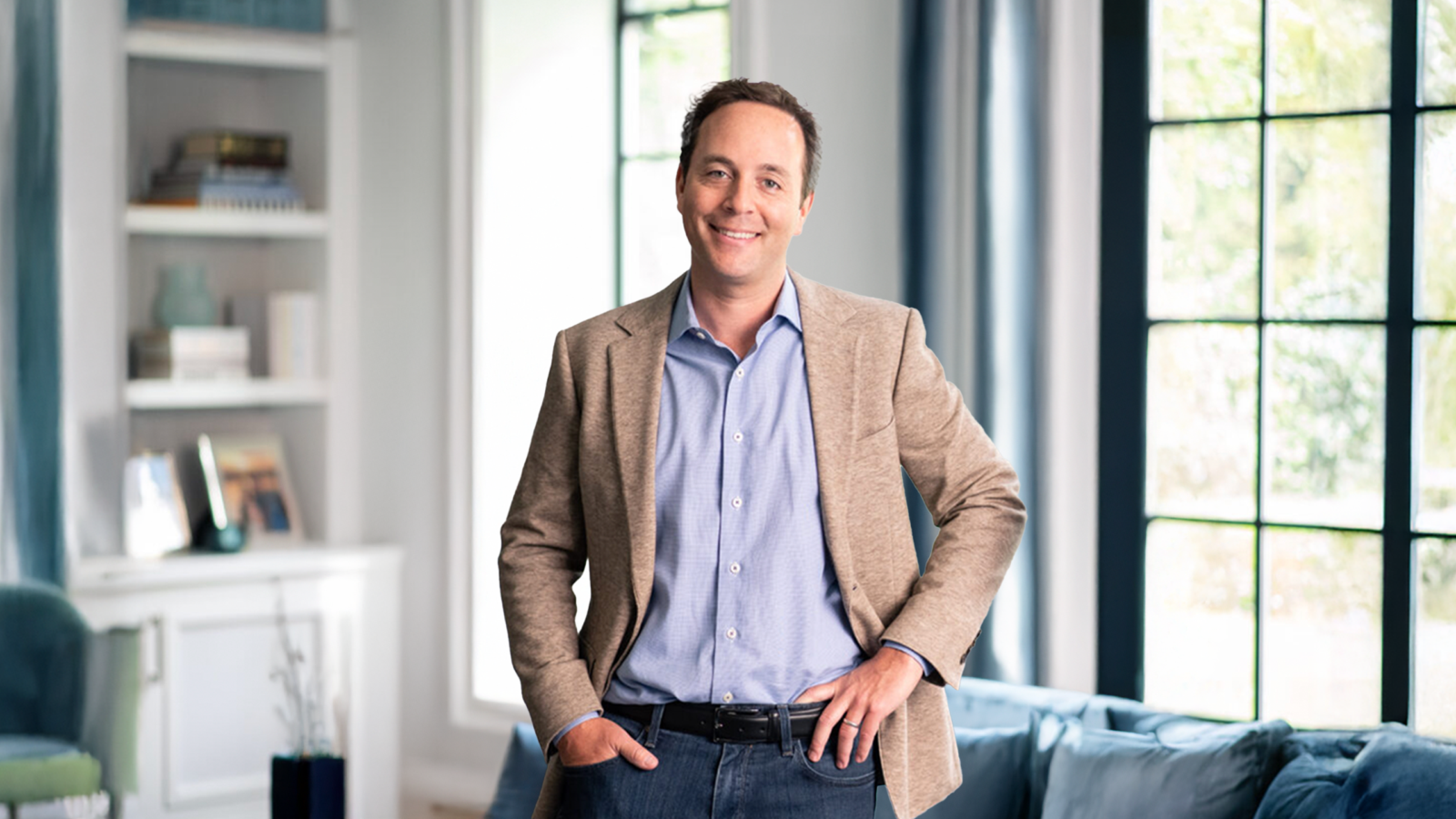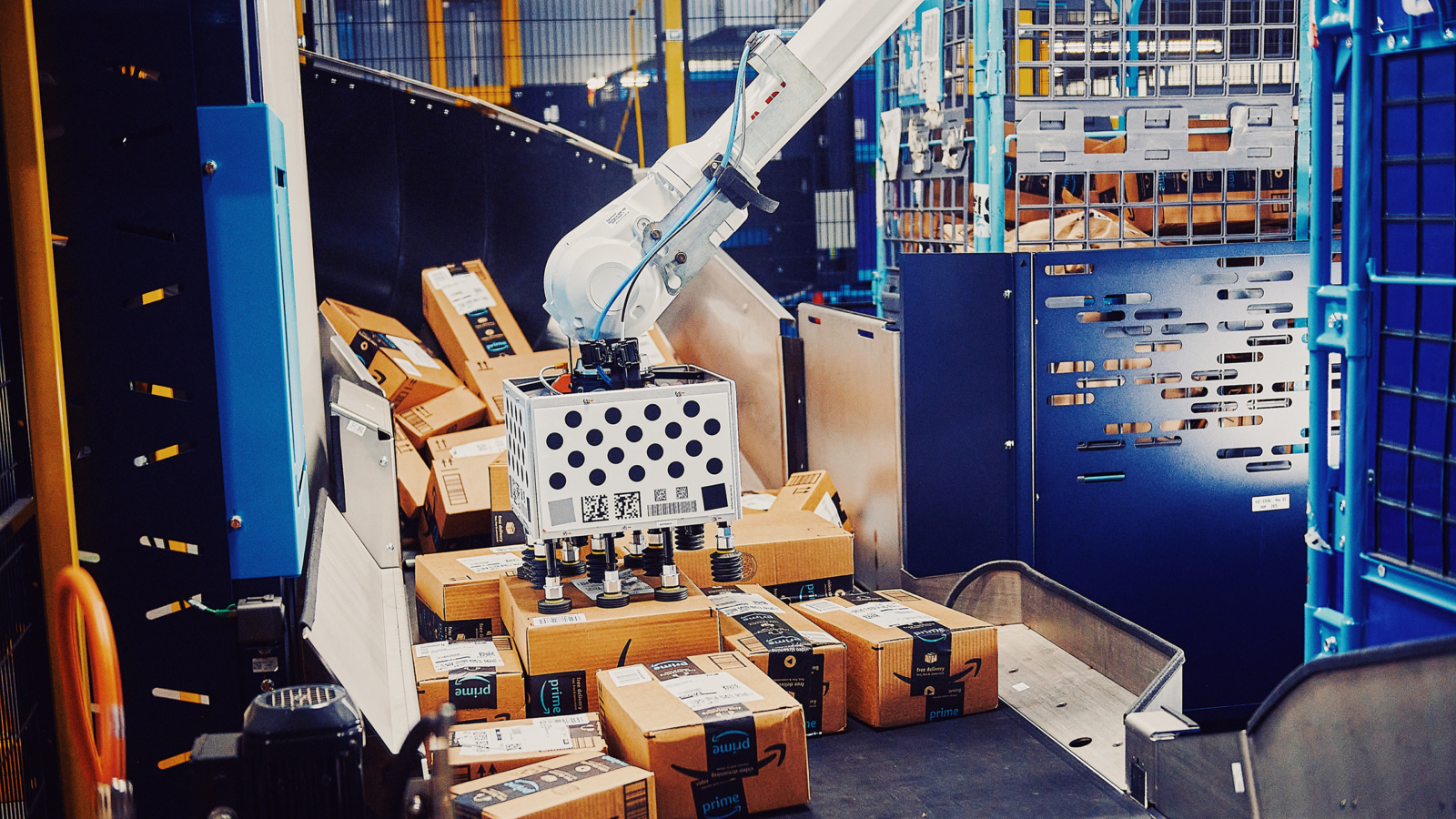Good morning.
Remember: Always check for bikes when exiting your car after parking on the street — lest you ruin someone’s ride and another person’s SweetGreen lunch. At least, if you live in one of these major cities.
On Wednesday, DoorDash released a report on which cities see the most deliveries via bike ride, with San Francisco topping the list (at a whopping 76% of orders). New York City and Washington, D.C. also ranked highly, at 57% of orders fulfilled by bike each. At the bottom? Dallas (9.5%), Atlanta (7.9%), and Houston (3.9%). To which we say: What’s even the point of living in an easy-breezy Sun Belt city if you choose to sit in traffic like it’s a competitive sport?
Ukraine and US Hatch a Mineral Deal with a Rare Problem
US and Ukrainian officials said Wednesday that they struck a deal to share revenue from the Eastern European country’s resources, including mineral reserves, oil and gas.
The pact will also grant the US access to the country’s deposits of the 17 so-called rare earth elements, which are crucial to technology ranging from lasers to wind turbines and electric vehicles. There’s just one hitch: Those deposits may be so rare in Ukraine that they don’t exist.
A Critical Error
The agreement — which President Donald Trump declared a “very big deal” — comes as his administration seeks financial returns in exchange for continued American support for Ukraine amid an ongoing Russian invasion. Trump indicated to reporters earlier this month that he was under the impression Ukraine has “very valuable rare earths” that the US would like to get its hands on.
The US Geological Survey (USGS) says known deposits of rare earth minerals totaled 110 million tons in 2023, and more than 60% of the world’s supply was extracted by America’s biggest economic competitor, China. There’s your simple reason why access to more rare earths is a US priority.
The deal agreed to Wednesday says that Ukraine will put 50% of the earnings from “future monetization” in a fund in which the US will have a stake. Some of that fund will be reinvested into Ukraine, though the breakdown and the size of the American stake are TBD. Oh, and so is the size of those rare earth deposits being touted:
- Ukraine has lots of so-called critical minerals like lithium, uranium, gallium and titanium — in fact, according to the USGS, it has deposits of 22 of the 50 minerals that the US classifies by that term, meaning they have strategic economic or national security importance. Kyiv controls Europe’s largest lithium deposits, a metal essential to batteries and electric vehicles, and prior to the Russian invasion, it had roughly 7% of the world’s titanium and 2% of its uranium.
- That’s why some people think maybe Trump meant critical and not rare because, according to the USGS, “Ukraine isn’t known to hold any reserves of the main rare earth elements.”
There’s another TBD: who gets to mine the stuff. If US firms were allowed to participate in development, a host of publicly traded companies could benefit: Think Albemarle, America’s largest lithium miner and the world’s largest supplier of the metal for electric car batteries. Or uranium miners like Energy Fuels and Uranium Energy. Ukrainian President Volodymyr Zelenskyy said earlier this month, when discussions were still in earnest, that his country was open to mining with partners.
Percentage Cut: The Trump administration initially said it wanted $500 billion in profits from Ukraine’s resources, but Kyiv balked. A percentage agreement is likely more amenable to Ukraine because getting resources to market requires high overhead costs — mining ain’t cheap — and raw material prices fluctuate.
He’s Already IPO’d Once – This Time’s Different

Spencer Rascoff co-founded Zillow, scaling it into a $16B real estate giant. But everyday investors couldn’t invest until after the IPO, missing early gains.
“I wish we had done a round accessible to retail investors prior to Zillow’s IPO,” Spencer later said.
Now he’s doing just that. Spencer has teamed up with another Zillow exec to launch Pacaso. Pacaso’s co-ownership marketplace is disrupting the $1.3T vacation home market. And unlike Zillow, you can invest in Pacaso as a private company.
With $100M+ in gross profits and rapid international expansion, Pacaso is scaling fast. Investors like SoftBank, Maveron, and more are already on board.
Join them as a Pacaso shareholder and lock in the $2.70 share price by midnight.*
Amazon is Doubling Down on Robots Everywhere it Can

You’ve been called dumb all your life, ridiculed as a loser, but hey, Alexa, who’s laughing now?
Amazon announced on Wednesday it’s giving a long awaited generative AI-powered update to its smart speaker virtual assistants, which have never been known for their smarts.
Alexa will have plenty of new robots to keep her company, too: According to a Financial Times report on Wednesday, Amazon is planning to offset the massive costs of building and maintaining AI infrastructure by employing more and more robotics in its warehouse facilities.
The $2.2 Trillion Start-Up
Amazon is currently operating on two tracks. On one side, as growth in its e-commerce business slows and low-cost rivals eat away at market share, CEO Andy Jassy is orchestrating a massive cost-cutting operation, laying off some 27,000 workers in the past couple of years and significantly slowing plans to expand its warehouse footprint. He says it’s all in a push to make Amazon operate like “the world’s largest start-up.” On the other side, Amazon is betting big on AI — both as a developer of AI software and tools as well as a provider, via Amazon Web Services, of the computing punch needed to power AI.
But AI profitability is still somewhere on the other side of gargantuan investment. In its recent fourth-quarter earnings call, the company said its capital expenditures for 2025 are expected to reach $100 billion — with most of it to be invested in building out AI infrastructure. “We have a lot of demand for AI right now,” Jassy said in a CNBC appearance Wednesday. “If we had more capacity right now, we could monetize it.”
Fittingly, the company is turning to a robotic workforce in an effort to save a pile of pennies as it spends big on AI:
- According to the FT, Amazon is planning to spend $25 billion this year on making its retail network more efficient, including an investment into warehouse robotics and automation.
- The investments could net $10 billion in annual savings by the end of the decade, according to research from Morgan Stanley analysts. As a blueprint, the company says its most robot-equipped facility — in Shreveport, Louisiana — operates at about 25% less cost than its older facilities, which it says have just one-tenth the robot manpower.
Save the Date: The robot revolution will be coming to your home, too, if Amazon has its way. With its latest virtual assistant upgrade, Alexa+, Amazon is finally bringing the OG homepod into the ChatGPT age, and says AI will make Alexa far chattier and capable of performing “agentic AI” tasks, such as booking a dinner reservation at a local restaurant (though nascent AI agents from other providers have thus far proven somewhat unreliable). The service will be free to Amazon Prime members, and cost $20 a month for everyone else. The previous version of Alexa already proved to be unprofitable for the company, leading to mass layoffs in the division that develops it. We’re not sure how that squares with adding in even more costly AI features, but we’re guessing Alexa+ will be very good at steering conversations toward how you need to buy more toilet paper.
YouTube Is Beating Spotify in the Podcast Wars
Spotify is king of music streaming, but it’s simply not the best in podcast land.
On Wednesday, YouTube announced it has hit 1 billion monthly podcast viewers. Google-owned YouTube has been coming up in the audio-streaming space, and has ambitions to rival the world’s biggest music streamer, Spotify, but in the podcast space it can leverage what was already at the core of its business: video.
Hand to Pod
Rewind a few years, and Spotify was all-in on podcasts. In 2020, it signed a deal with mega-popular podcaster Joe Rogan for a reported $200 million that gave Spotify the right to exclusively host his podcast, which is filmed, on its platform. It also signed a podcasting deal with Prince Harry and Meghan Markle worth a reported $20 million. In 2024, Spotify’s commitment to Rogan still seemed rock solid — it re-signed him for a reported $250 million — but the exclusivity clause had been dropped, and Spotify’s overall commitment to podcasting was less enthusiastic after investing $1 billion in a celebrity-heavy strategy that did not convert to profits.
Spotify has since scaled back its podcasting ambitions, along with 17% of its total workforce, and turned its first-ever annual profit in 2024. Despite the overall streamlining, Spotify has been keen to push further into video content. There, however, is where YouTube has the upper hand:
- Spotify said in a press release in June last year that over 170 million users have watched a video podcast on Spotify. There’s no time-stamp on those users, so it’s nowhere near as beefy as YouTube’s monthly figure.
- Tim Katz, vice president for partnerships at YouTube, told Bloomberg that the company was seeing natural migration of podcast listeners to the platform, and it was just a question of “pouring some gas on it.” E.g., YouTube started offering $300,000 deals to podcasters who were willing to convert their podcasts to a video format for the platform.
The Original Tube: YouTube’s video podcast dominance is most observable not on people’s phones or laptops, but on their TVs. The company wrapped up 2024 with the stat that viewers were piping video podcasts into their living rooms at a rate of 400 million hours per month. If Netflix trained us to binge on TV shows, what will we do with the bottomless content fountain that is YouTube?
Extra Upside
- Ask Bezos: Top Washington Post opinions editor resigns after Bezos announces the section will prioritize pro-free market and pro-civil liberties viewpoints.
- Warning Signs: Favored Federal Reserve recession indicator, the “inverted yield curve,” appears again as the 10-year treasury yield slips below the 3-year yield.
- The Hustle is a must-read for budding billionaires. Their daily newsletter delivers the latest stories in business and tech – what to learn from them, and how to capitalize. Follow their lead.**
** Partner
Just For Fun
Disclaimer
*This is a paid advertisement for Pacaso’s Regulation A offering. Please read the offering circular at invest.pacaso.com.

